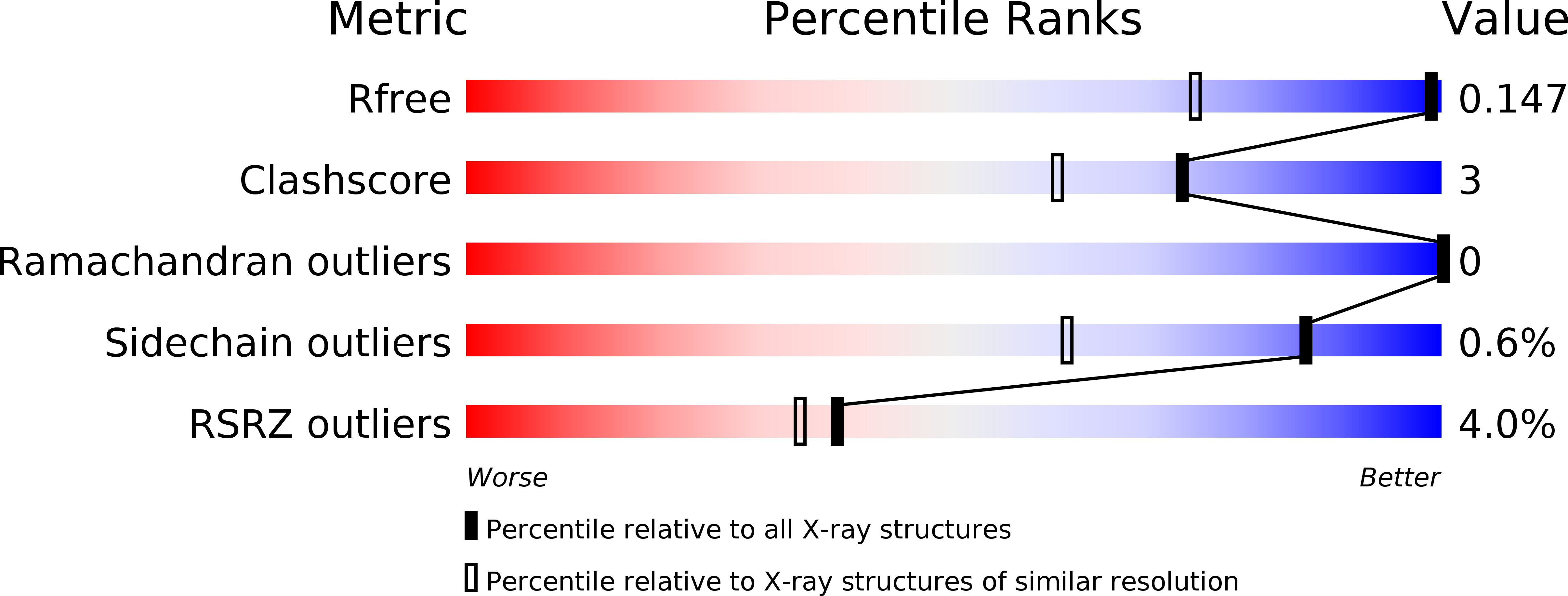
Deposition Date
2014-06-12
Release Date
2015-07-22
Last Version Date
2023-09-20
Entry Detail
PDB ID:
4QLP
Keywords:
Title:
Atomic structure of tuberculosis necrotizing toxin (TNT) complexed with its immunity factor IFT
Biological Source:
Source Organism:
Mycobacterium tuberculosis (Taxon ID: 83332)
Host Organism:
Method Details:
Experimental Method:
Resolution:
1.10 Å
R-Value Free:
0.14
R-Value Work:
0.12
R-Value Observed:
0.12
Space Group:
P 21 21 21


